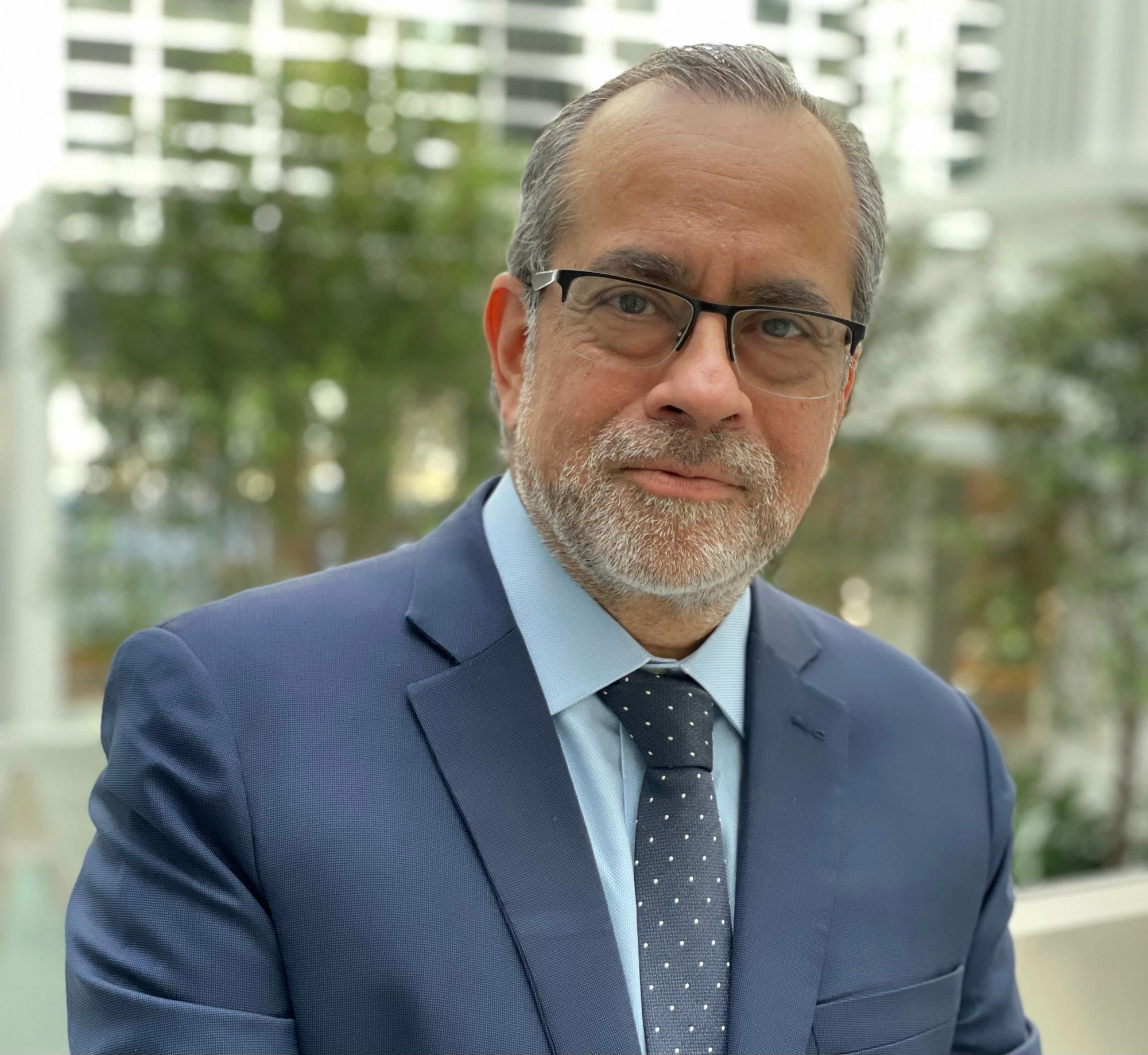
In every country, there are dedicated and enthusiastic teachers who enrich and transform the lives of millions of children. Silent heroes who often lack proper training, teaching materials and are not recognized for their work. Heroes who defy the odds and make learning happen with passion, creativity and determination.
I met one such heroe in the Ecoles Oued Eddahab school in Kenitra, Morocco. In a colorful classroom that she painted herself, she used creative learning tools from YouTube to make sure that every kid learned, participated, and had fun. Each letter in the alphabet was associated with the sound of an animal and a hand movement; for instance, the “S” was “Monsieur Serpent” and generated a wiggly hand movement. The teacher would say a word and spell it out loud using the sounds and the movement. Students would write the word and show it to her. She could then easily identify students who were struggling with the material and adjust the pace of the lesson to help them get on track. Children were engaged and attentive – all of them, I looked carefully. Most importantly, they participated and were not afraid of making mistakes. Each student in that classroom was taught in a manner they understood. This was a teacher that clearly understood that her role was to make sure that all children learned.
But we cannot solely rely on heroes to tackle the global learning crisis. The future of our children and our countries depends on ensuring that each and every teacher is effective so that joyful, rigorous, and focused learning happens everywhere. To contribute to these efforts, the World Bank will soon launch “Successful Teachers, Successful Students,” its new strategic approach to the way we work with countries to support teachers. It builds on the WDR 2018 to address the following challenges:
- Making all teachers effective
- Making teaching a respectable and attractive profession
- Implementing effective personnel policies
- Equipping teachers with the right skills and knowledge before entering the classroom
- Implementing policies that can best support teachers through their careers
As opposed to what happens in successful systems, most education systems in low-and middle-income countries do not regularly monitor teacher’s performance to provide feedback and improve their effectiveness. Either because they do not recognize the importance of such practices, or because they do not have the tools or expertise to do it adequately. Even when teacher practices are monitored, the instruments used to capture them fall short on several accounts, as they: (i) measure either the occurrence or quality of a given practice; (ii) do not explicitly focus on teachers’ efforts to develop students’ socioemotional skills; (iii) use tools designed for other contexts, which can be culturally irrelevant, costly, and difficult to implement; or (iv) use tools that are neither evidence-based nor meet basic reliability criteria. Without a reliable instrument, even experienced education professionals struggle to distinguish between effective and ineffective teachers.
Given this reality, what can be done?
To start addressing these challenges, we are also launching Teach, a new, easily-available classroom observation tool. Aside from the classroom observation instrument, the Teach toolkit includes training materials, such as a manual and a detailed script to train users of the tool. It also includes resources for data collection, such as a field manual and a data collection app. Finally, it contains resources for analyzing and presenting the data which generate an “At a Glance” table with key descriptive statistics, and a series of graphs and tables for additional analysis. The outputs are complemented by a template report and slides to help users communicate the Teach’s results.
Teach has multiple advantages. First, it is the first tool to holistically measure what happens in the classroom by considering not just the time spent on learning but, more importantly, the quality of teacher practices. Second, Teach captures instructional practices that nurture children’s cognitive and — for the first time — socioemotional skills. Third, it was developed with low- and middle-income countries and countries with high internal variance in school performance in mind.
Teach underwent a rigorous development and validation process over a two-year timeframe. A Technical Advisory Panel provided extensive feedback and inputs on the tool’s design. It piloted in more than 1,000 classrooms across Mozambique, Pakistan, the Philippines, and Uruguay, and tested with global video footage from 12 low- and middle-income countries.
Teach is intended to be used as a tool for individual professional development and for system diagnostic. As a system diagnostic tool, Teach allows governments to monitor the effectiveness of their policies to improve teacher practices. As an individual professional development tool, Teach can be used to identify individual teachers’ strengths and weaknesses.
These efforts are part of our support to bring countries closer to ensuring that every child has a skilled, supported, and motivated teacher. Because skilled, supported, and motivated teachers are the key to having all children learn with rigor, joy and purpose.


Join the Conversation